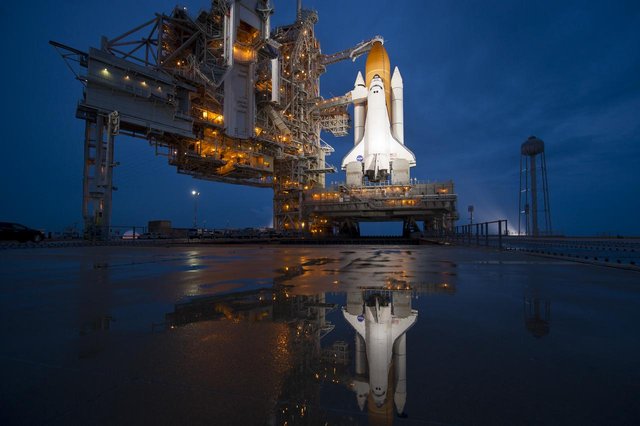Finally, NASA has its universe of images in one happy, searchable place Stars. Galaxies. Planets. Astronauts. But still no alien photos.

From Ars Technica
When the Internet came along in the 1990s, like a lot of government agencies, NASA kind of scratched its head and wondered what to make of all this freely shared information. But unlike a lot of other agencies, NASA had a trove of images, audio, and video the general public wanted to see. After all, this was the agency that had sent people to the Moon, taken photos of every planet in the Solar System, and launched the Hubble Space Telescope.https://arstechnica.com/science/2017/04/finally-nasa-has-its-universe-of-images-in-one-happy-searchable-place/So each of the NASA field centers—there are 10 of them—began digitizing their photo archives and putting them online. Johnson Space Center in Houston, for example, had thousands of images of space shuttle astronauts training and flying in space. Kennedy Space Center had launch photos. The Jet Propulsion Laboratory had planets, rings, comets, and more. Unfortunately, these images were spread across dozens of NASA.gov sites, with no good way to search the different databases.
FURTHER READING
New images of Saturn’s walnut-shaped moon dazzle scientists
"It was, to be honest, pretty frustrating because you had to have a lot of knowledge about NASA itself to know where a particular image might be," said Rodney Grubbs, imagery program manager for NASA. The space agency made some efforts with commercial companies in the 2000s to organize its image collection, Grubbs said—but mistakes were made. "It did not result in something that helped us," he said.
A few years ago, NASA tried again, working with a company called InfoZen. The challenge wasn't quite up there with landing humans on the Moon, but consolidating 140,000 images, videos, and audio files that existed in more than 100 collections was not exactly a simple challenge.The first task involved getting everyone at the various centers on board with the project. This was difficult, because some centers had been publishing their photos to the web for about two decades, in their own way. So Grubbs and his commercial partner had to create a common metadata system, and then weed out duplicate photos. Then, the government needed to find cloud infrastructure that met its security protocols.
Follow @contentjunkie to stay up to date on more great posts like this one.

Perhaps there ARE no alien photos?
This post has been ranked within the top 80 most undervalued posts in the first half of Apr 18. We estimate that this post is undervalued by $1.08 as compared to a scenario in which every voter had an equal say.
See the full rankings and details in The Daily Tribune: Apr 18 - Part I. You can also read about some of our methodology, data analysis and technical details in our initial post.
If you are the author and would prefer not to receive these comments, simply reply "Stop" to this comment.